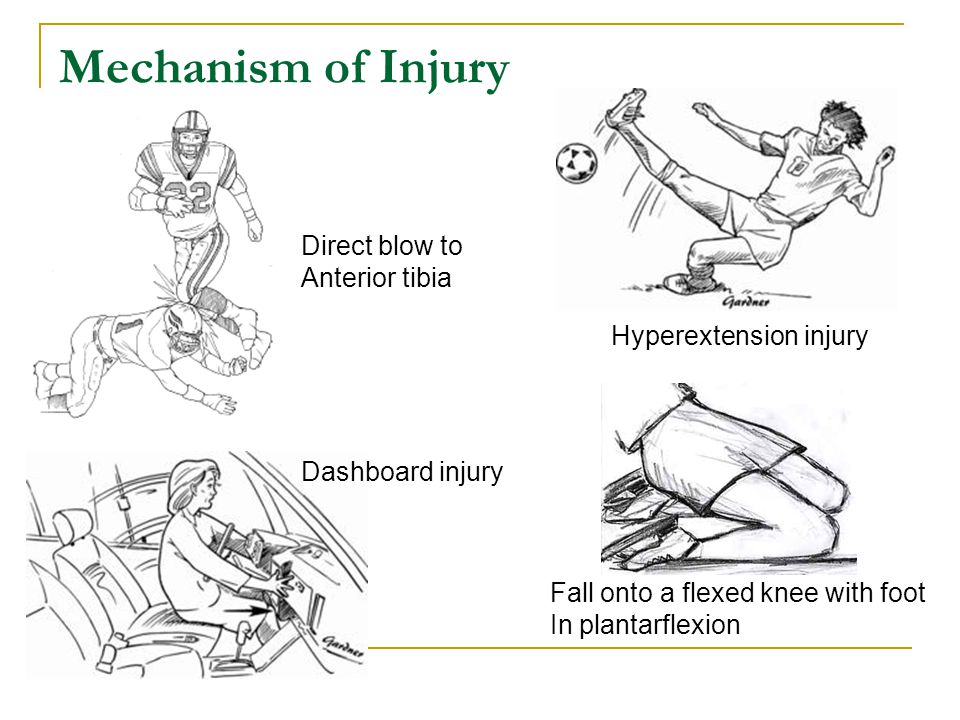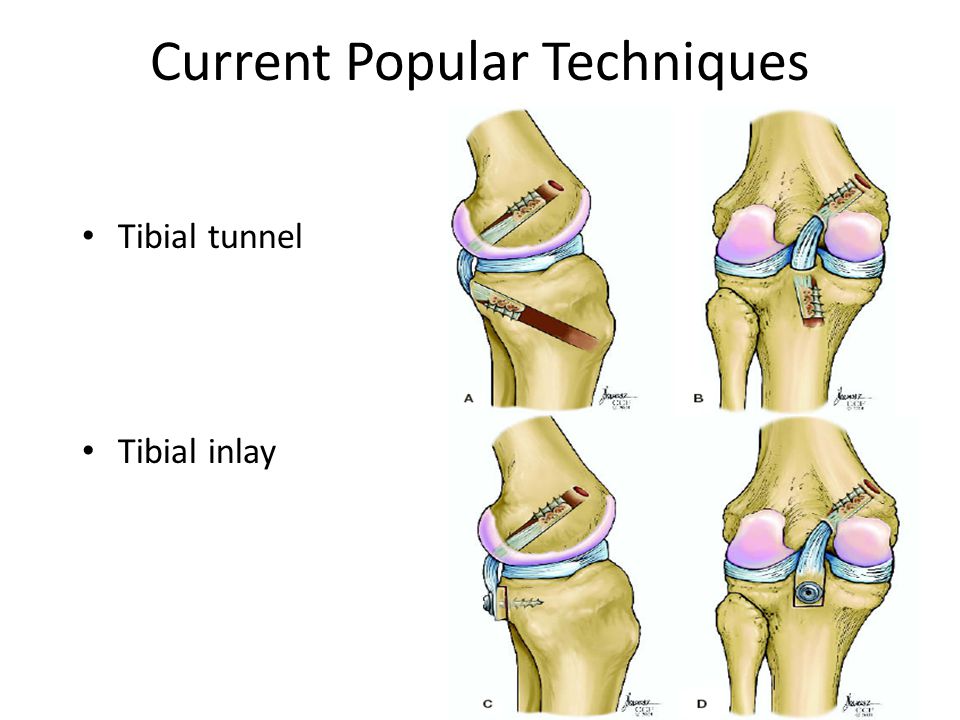Introduction
PCL is the strongest ligament of the knee joint, enormous force is required for rupture of the ligament, hence PCL injuries are quite less in number than ACL injuries. The posterior cruciate ligament keeps the tibia from moving backwards too far.


Cause
An injury to the posterior cruciate ligament requires a powerful force. A common cause of injury is a bent knee hitting a dashboard in a car accident or motorcycle accident when impact is directly on the knee or a football player falling on a knee that is bent. Sometimes hyperextension injury is also responsible for the tear. Occasionally PCL tear is a component in multi-ligament knee injury

Symptoms
- Pain with swelling that occurs steadily and quickly after the injury
- Swelling that makes the knee stiff and may cause a limp
- Difficulty walking
- The knee feels unstable, like it may “give out”
Diagnosis
- Clinical examination
- X-rays for bony avulsions and to look for co-existing injuries
- Stress x-rays can be confirmatory when MRI scan shows intact PCL or healed PCL with persistent symptoms
- MRI scan
Treatment
Nonsurgical Treatment
If you have injured just your posterior cruciate ligament, your injury may heal quite well without surgery in grade 1 and grade 2 injuries [unlike ACL TEARS which doesn’t heal with conservative treatment]
Knee bracing, non-weight bearing walking with crutches for 6 weeks followed by vigorous rehabilitation
Surgical Treatment
Indications: Grade 3 PCL tears, PCL avulsions, multi-ligament knee injuries
Procedure: PCL reconstruction
The operation is done with the aid of the arthroscope (keyhole surgery).
The most commonly used grafts are peroneus longus, quadriceps tendon harvested from the same leg. This is then passed through the tunnels created in anatomical position of the femur and tibia, securely fixed matching the original position of the ruptured ligament. A brace is fitted at the end of the procedure which helps to protect the graft in the early weeks of recovery.

Rehabilitation
Whether your treatment involves surgery or not, rehabilitation plays a vital role in getting you back to your daily activities. A physical therapy program will help you regain knee strength and motion. If you had surgery, physical therapy will begin 1 to 4 weeks after your procedure.
Recovery from a posterior cruciate ligament injury will depend on the severity of your injury. Combined injuries often have a slow recovery, but most patients do well over time.
If your injury requires surgery, it may be several weeks before you return to a desk job – perhaps months if your job requires a lot of activity. Full recovery typically requires 6 to 12 months.
Although it is a slow process, your commitment to therapy is the most important factor in returning to all the activities you enjoy.


Follow us